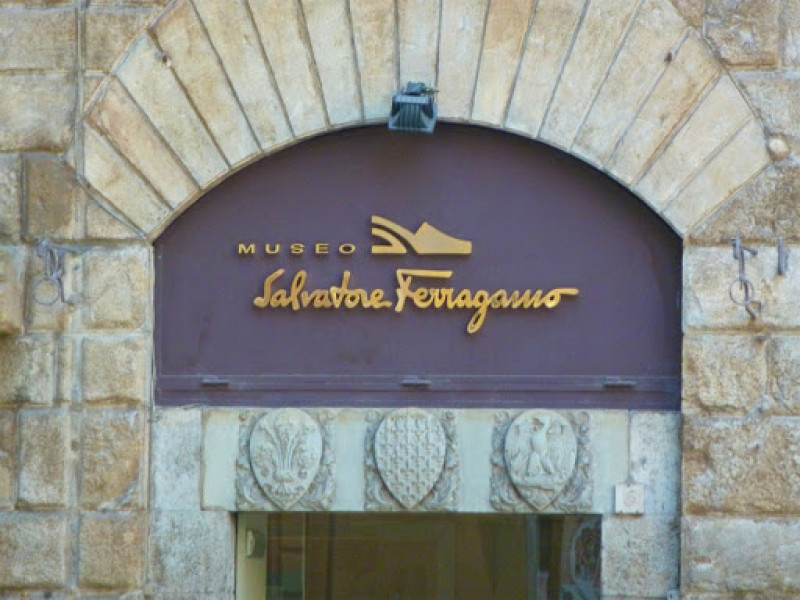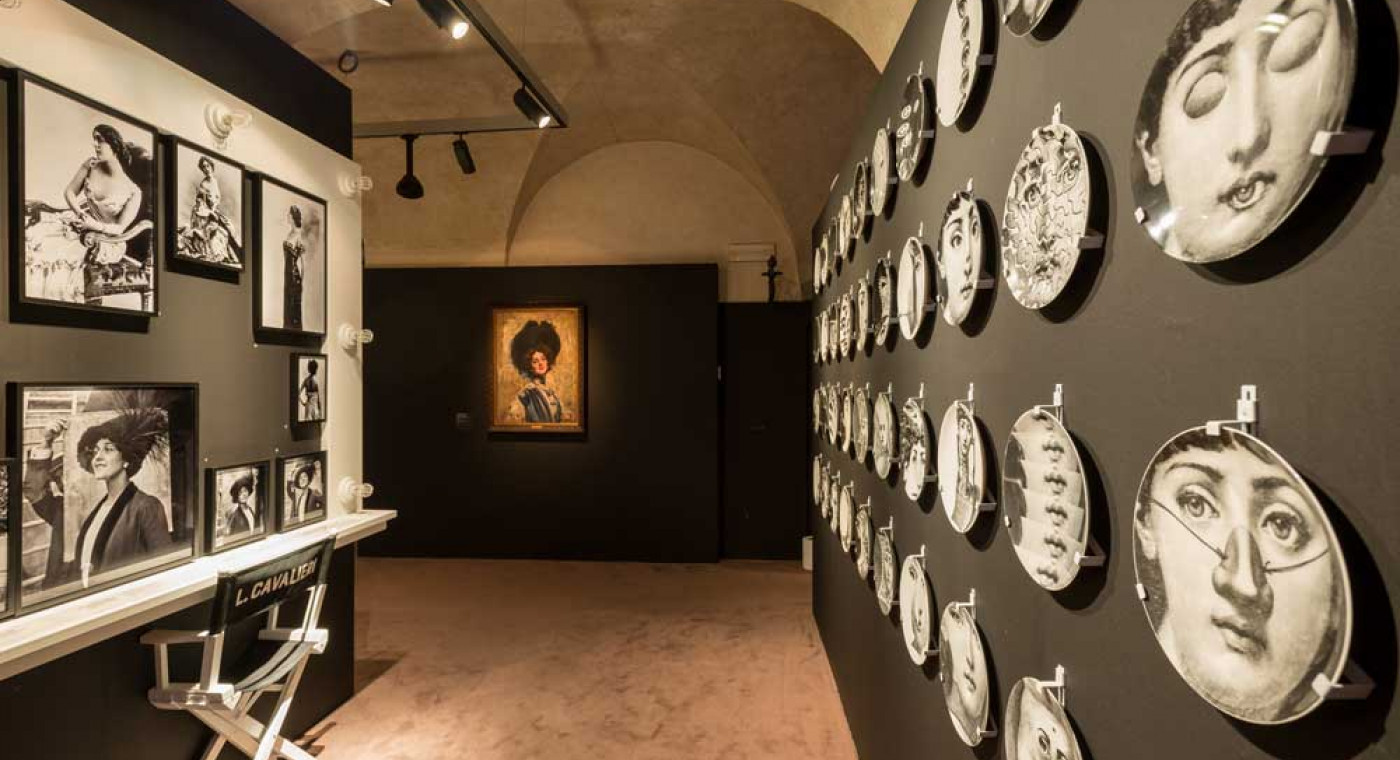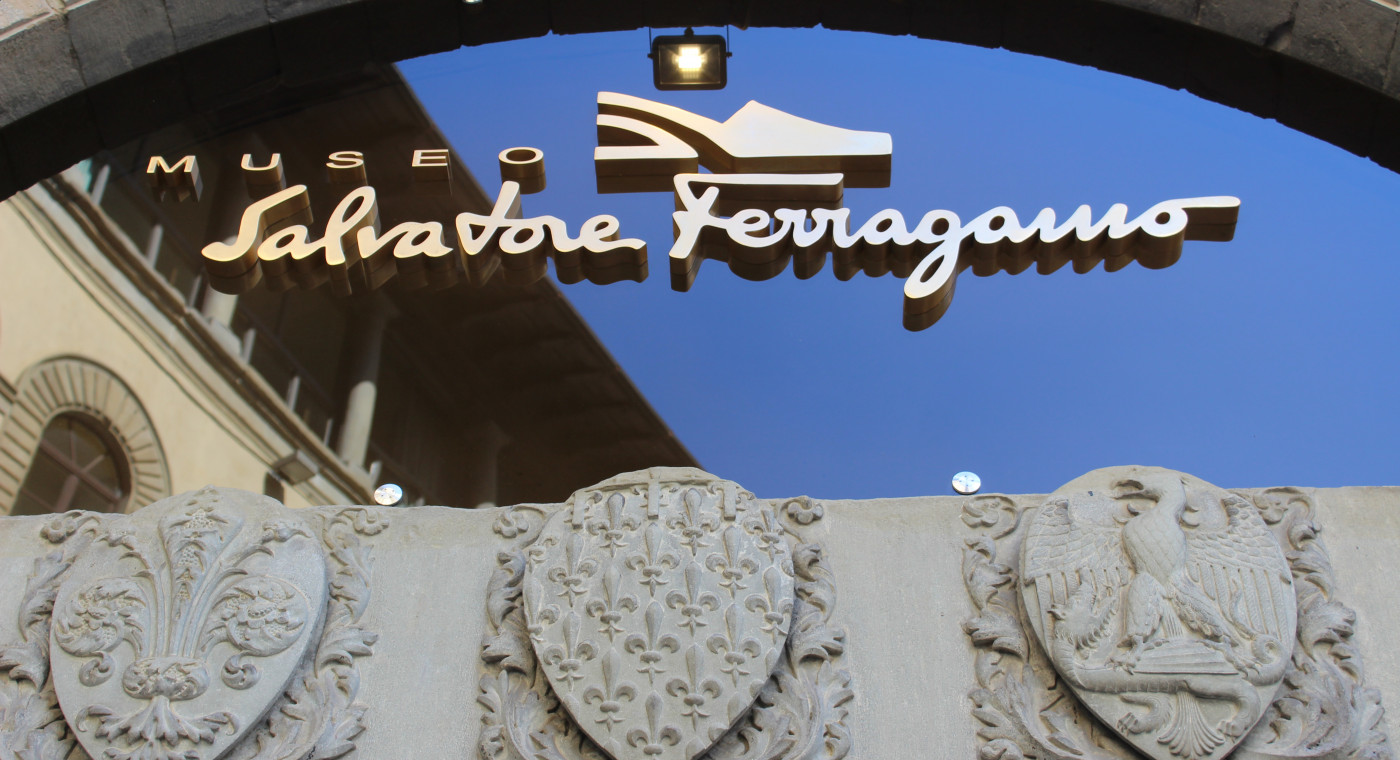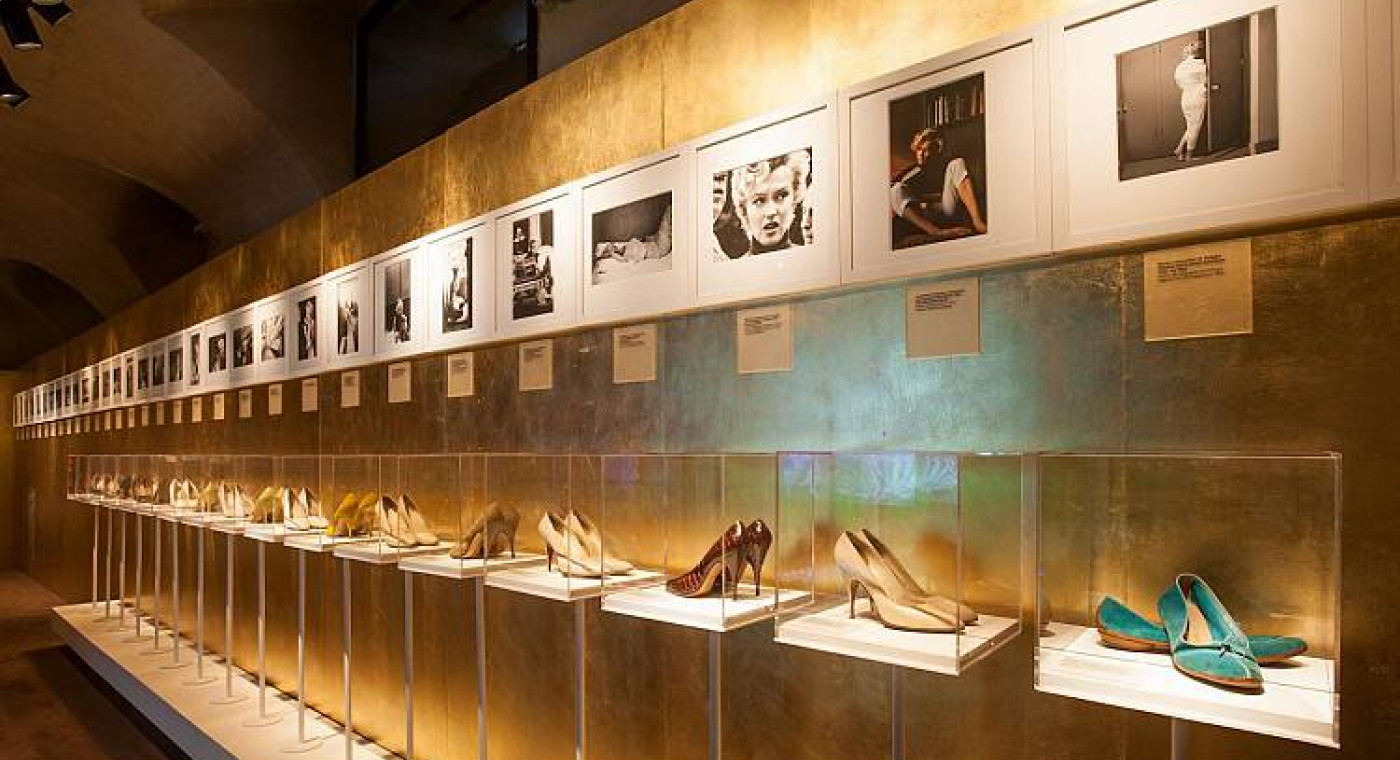In 1846 the palace was purchased by the Municipality of Florence and from 1860 to 1870, during the period of Florence Capital, it hosted the City Council. Sold in 1881 to the Cassa di Risparmio, it returned to private hands and in 1938 it was bought by Salvatore Ferragamo, who made it the seat of his own company and laboratory.
Info & Booking
In 1846 the palace was purchased by the Municipality of Florence and from 1860 to 1870, during the period of Florence Capital, it hosted the City Council. Sold in 1881 to the Cassa di Risparmio, it returned to private hands and in 1938 it was bought by Salvatore Ferragamo, who made it the seat of his own company and laboratory.
Address: Piazza di Santa Trinita, 5R, 50123 Firenze FI
Opening hours
Monday - Saturday: 10am to 7:30pm
Closed: 1st May, 15th August, 25th December, 1st Genuary
By Bus the museum can be reached by Busn.6 and n.37.
Description
The eleventh of fourteen children, Salvatore Ferragamo was born in 1898 in Bonito, a small village 100 kilometres from Naples. Even as a child, Salvatore showed a great passion for shoes: at the age of 11 he was apprenticed to a shoemaker in Naples and at 13 he opened his own shop in Bonito. When he was 16, he travelled to America to join one of his brothers who was working for a large shoe factory in Boston. Salvatore was fascinated by the modern machinery and production processes but he also saw how they could limit product quality. In the early Twenties he moved to Santa Barbara, California, where he opened a shoemaking and repair shop. California was an exciting place to be at that time with the new film industry booming. Salvatore began designing and making shoes for the movies. Meanwhile, in his ongoing search for shoes with the perfect fit, he studied human anatomy, chemical engineering and mathematics at the University of Southern California in Los Angeles.
When the movie industry moved to Hollywood, Salvatore Ferragamo went with it. In 1923 he opened the ‘Hollywood Boot Shop’, which marked the start of his career as ‘shoemaker to the stars’, as he was defined by the local press. In 1927 Ferragamo decided to return to his native Italy and chose to settle in Florence, a city known for its many skilled craftsmen. From his Florentine workshop – in which he adapted the assembly line system to his workers’ highly specialised and strictly manual work – Salvatore launched a constant flow of exports to the United States.
Then came the great crisis of 1929, which abruptly brought business with the US market to a standstill and forced the company to close. However, Ferragamo did not lose heart. Instead, he turned his focus to the domestic market. Within a few years, his business was performing so well that in 1936 he rented two workshops and a shop in Palazzo Spini Feroni, via Tornabuoni, Florence. Despite the economic sanctions against Mussolini’s Italy, it was during this time that Ferragamo turned out some of his most popular and widely-imitated creations, like his strong, yet light cork ‘wedges’. In 1938 these successful creations enabled him to pay the first instalment for the purchase of all of Palazzo Spini Feroni, which has been the company’s headquarters ever since. In 1940 he married the young daughter of the local doctor in Bonito, Wanda Miletti, who joined him in Florence and would bear him six children: three sons (Ferruccio, Leonardo and Massimo) and three daughters (Fiamma, Giovanna and Fulvia). After the war, Salvatore Ferragamo’s shoes came to be known around the world as a symbol of Italy’s return to life, design and production. The years that followed saw many memorable inventions: the stiletto heels with metal reinforcement made famous by Marilyn Monroe, the gold sandals and the invisible sandals with nylon thread uppers (for which Ferragamo won the prestigious ‘Neiman Marcus Award’ in 1947, the fashion world’s equivalent of the Oscar, marking the first time it was bestowed on a shoe designer).




